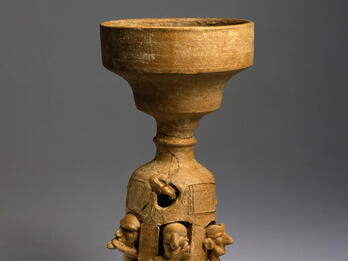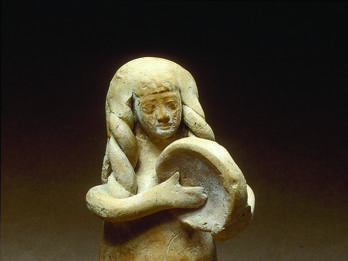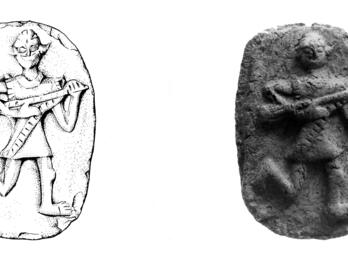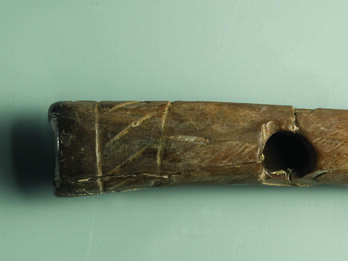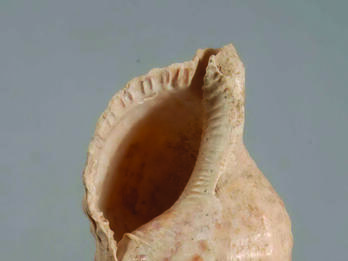Showing Results 1 - 6 of 6
Restricted
Image
Musicians on ritual stand, Ashdod, late 11th or early 10th century BCE. Music and dance played an important role in Israel and the ancient Near East in both daily life and special occasions such as…
Places:
Ashdod, Land of Israel (Tel Ashdod, Israel)
Date:
Iron Age I, Late 11th or Early 10th Century BCE
Subjects:
Categories:
Restricted
Image
The drumhead of this Phoenician-style terra-cotta figurine from Shikmona (south of Haifa) is recessed, suggesting that the drum had only a single head. Figurines like this are typically found in…
Places:
Shikmona, Land of Israel (Haifa, Israel)
Date:
Iron Age II, 9th–8th Century BCE
Subjects:
Categories:
Public Access
Text
“There is no Jewish music!” Thus concluded not only our assimilationists but also most of our nationalists.
We will not argue with the former at all, since, according to them, because there is no…
Contributor:
Avraham Tsvi Idelsohn
Places:
Jerusalem, Ottoman Palestine (Jerusalem, Israel)
Jerusalem, Ottoman Palestine (Jerusalem)
Date:
1907
Subjects:
Categories:
Restricted
Image
On this clay plaque from Dan, from the Late Bronze (Canaanite) period, a man is playing a lute while dancing. The position of the performer’s legs shows that he is doing a lively dance.
Places:
Dan, Land of Israel (Tel Dan, Israel)
Date:
Late Bronze Age, 16th–13th Century BCE
Subjects:
Categories:
Restricted
Image
This flute from Tel Goren at En Gedi, 4 inches long and .67 inches wide (10 × 2 cm), is made from the hollowed shaft of an animal bone. The hole near the center was probably for blowing air across the…
Places:
‘En Gedi, Land of Israel (Tel Goren, Israel)
Date:
Iron Age IIC, End of 7th−Beginning of 6th Century BCE
Subjects:
Categories:
Restricted
Image
Large conch-type shells can be used to make music by blowing through closed lips into an opening cut at the narrow end of the shell. Because the spiral-shaped cavity of each shell is distinct, each…
Places:
Hazor, Land of Israel (Tel Hazor, Israel)
Date:
Iron Age IIA, 9th Century BCE


